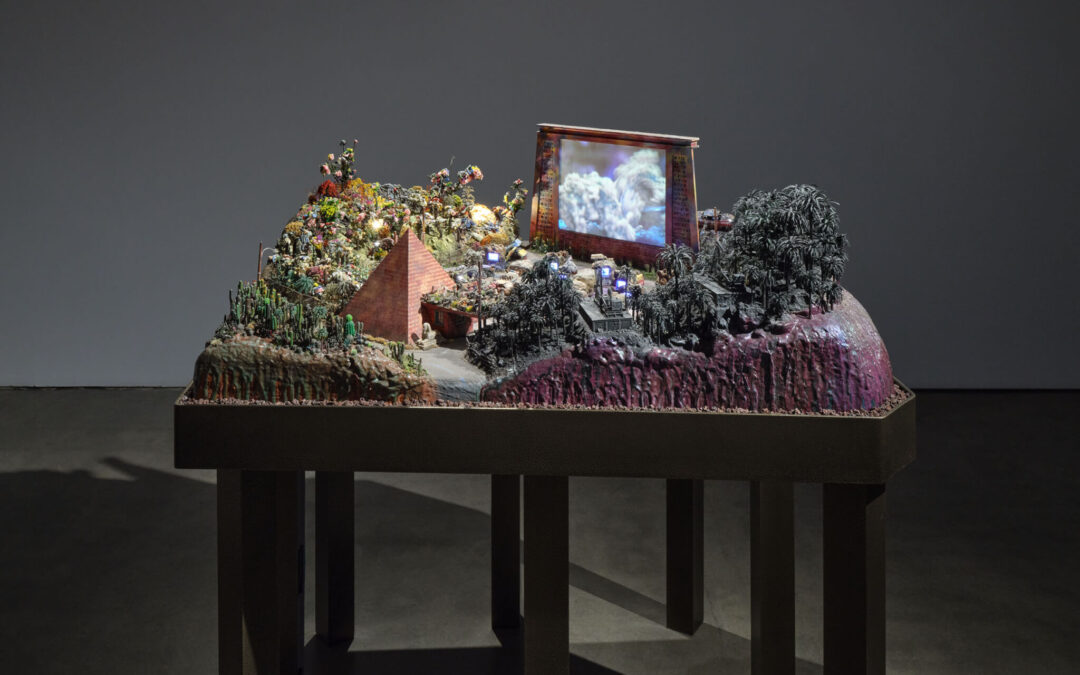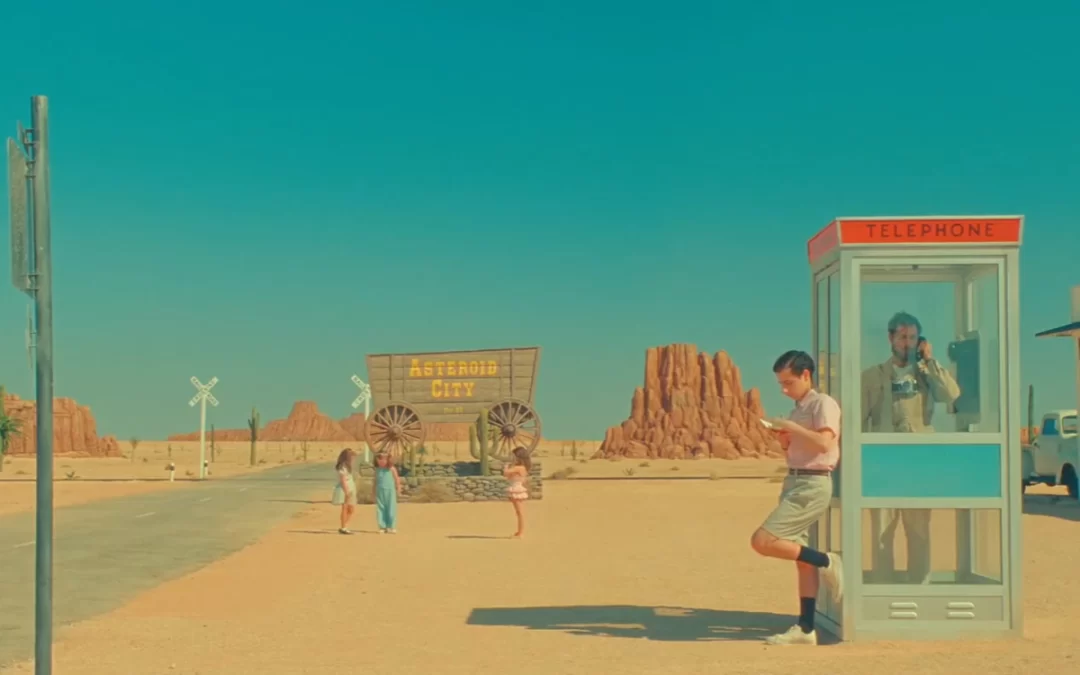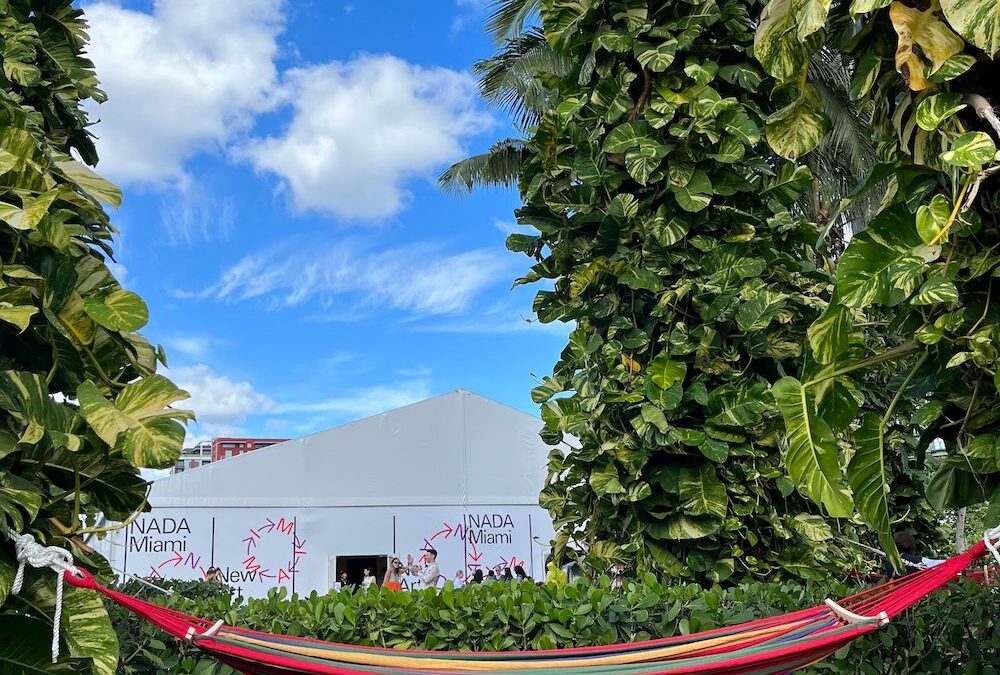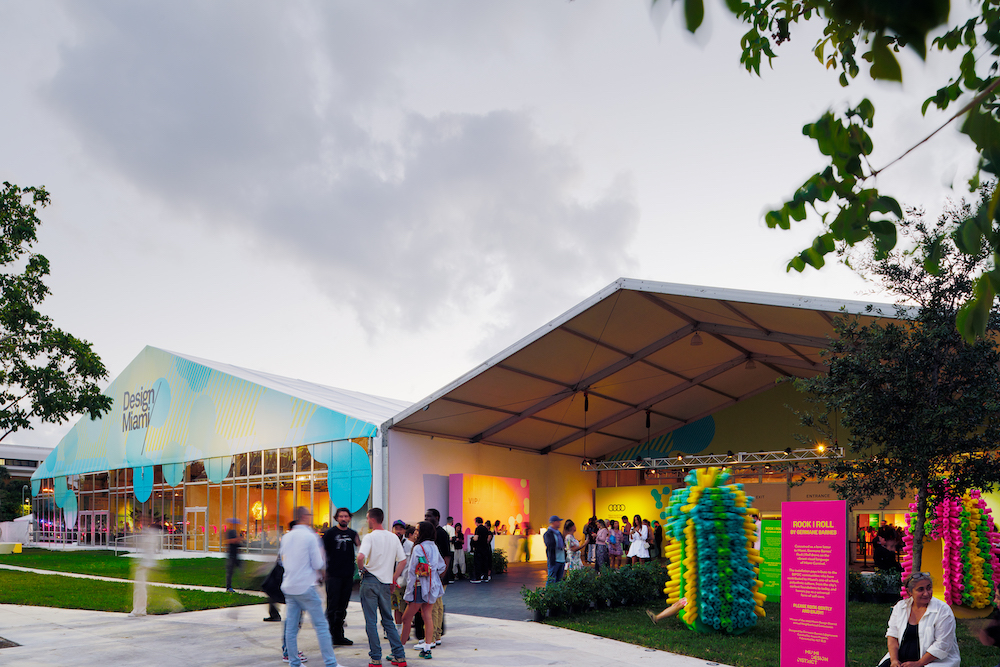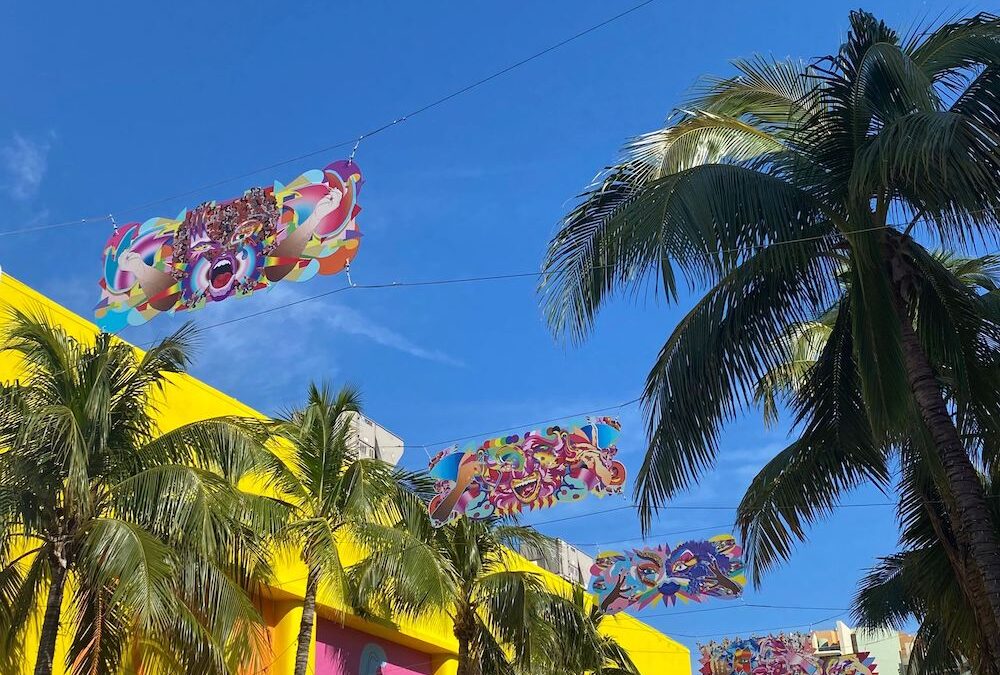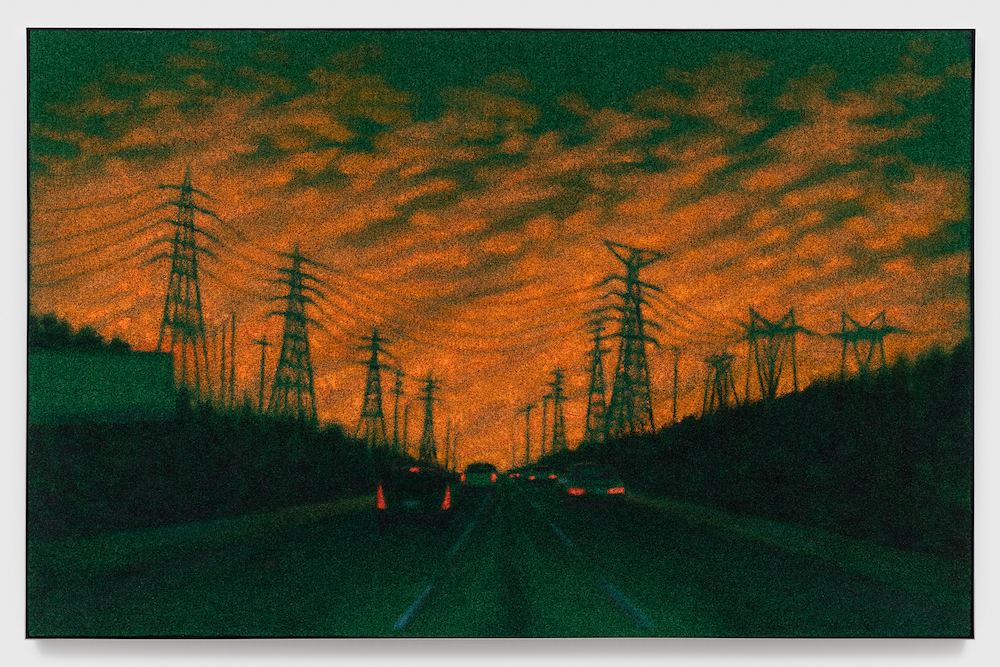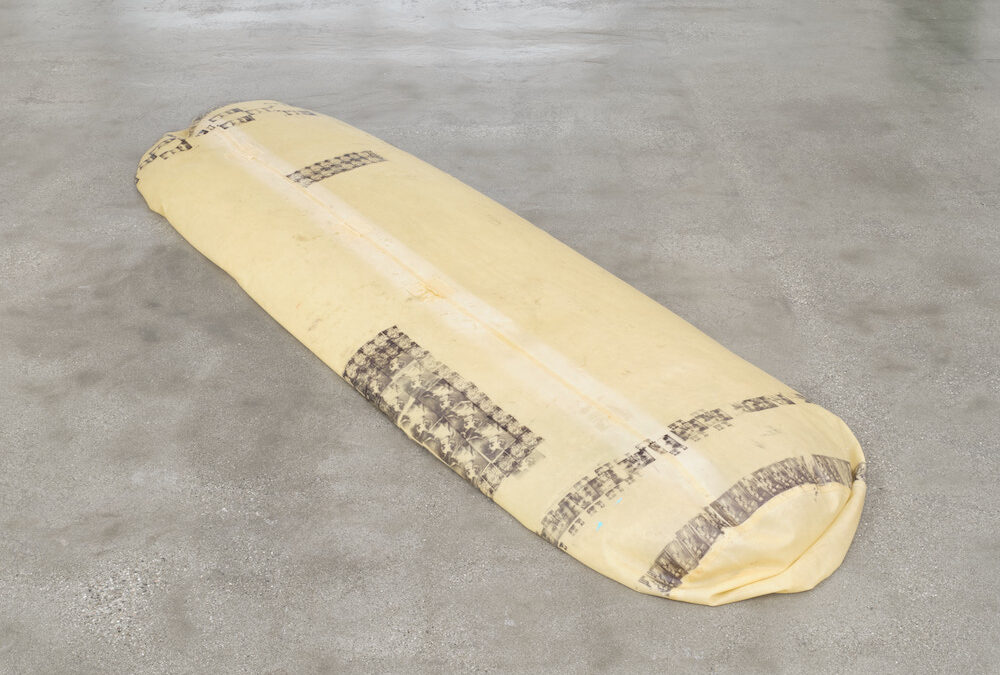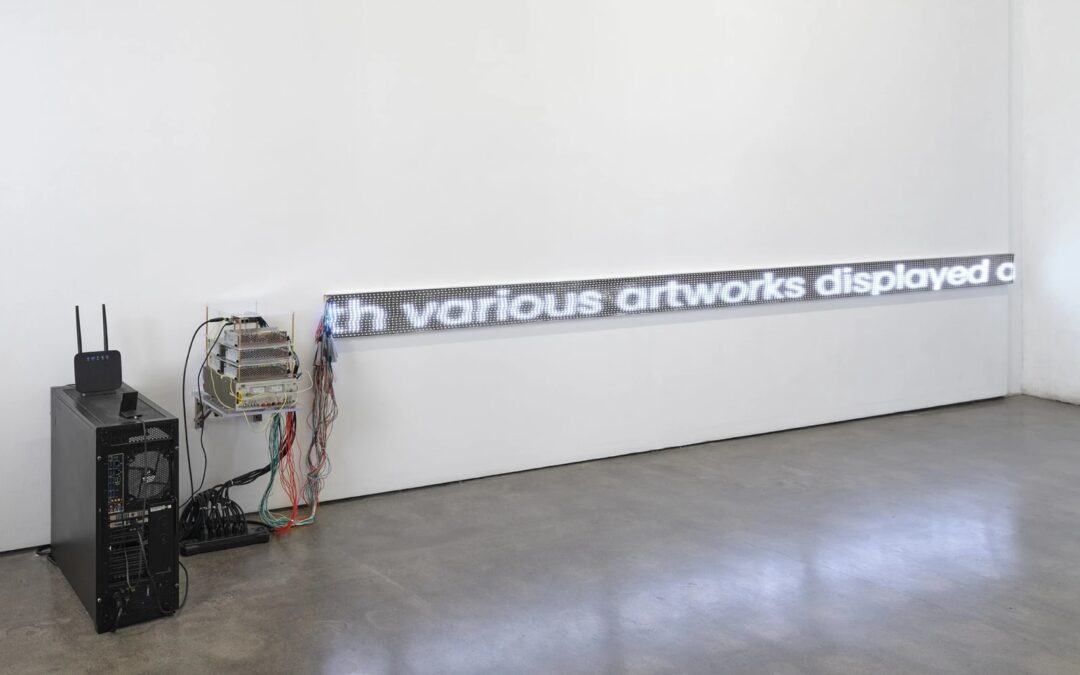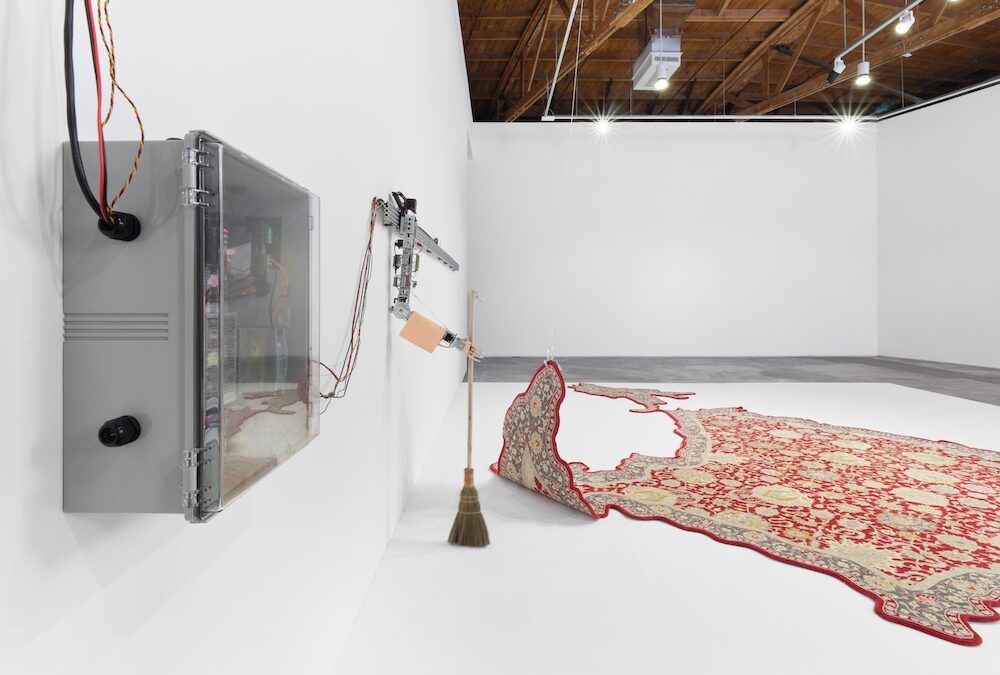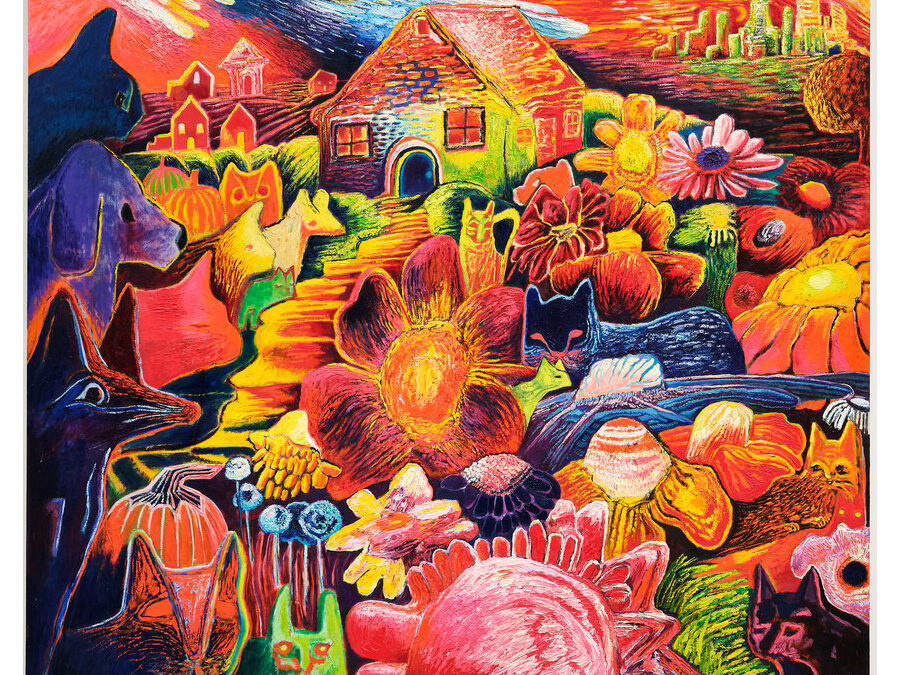Breathless is not always an indication of on-coming medical crisis or pathology. Events (including cultural events) can stop us short or knock the wind out of us. And although the experience may be more common at live music events, it happens in galleries and museums, too. But at the close of 2023, the breathlessness we may have experienced intermittently in galleries blurs with a breathlessness...
